The Civic Museums of Imola are dedicating a major exhibition to Germano Sartelli (Imola, 1925 - 2014) for the 100th anniversary of his birth: Germano Sartelli. The Enchantment of Matter, curated by Claudio Spadoni. A beautiful exhibition. Can one say. Germano Sartelli represents for international informal art what Alberto Burri did with “matter” and Lucio Fontana did with “cut.” If the former showed us that it is possible to paint with burnt matter or with a sack and the latter revealed the trick of painting, Germano Sartelli showed us a magical attitude in continuous exchange and competition with Nature. Why don’t you know him? Because Germano Sartelli is an international super artist who knew, but did not love, the tired and abused liturgies of the art world.
In 1964, he was invited by Lucio Fontana and Afro to the Venice Biennale, the edition made famous by the arrival of Pop Art artists in Europe. From the 1950s until the 1980s, Sartelli taught painting at the atelier of the “Luigi Lolli” psychiatric hospital in Imola, an institute founded in the late 1700s and closed for good only in 1996. That experience is instrumental in reading his path. The asylum rises between the city and the countryside: the madman, therefore, is “decentralized” with respect to the rest of society, remaining in a middle ground. In this suspended area, design before space, the delicate and unique ways of Germano Sartelli flourish. Germano was always in retreat and at the same time vigilant.
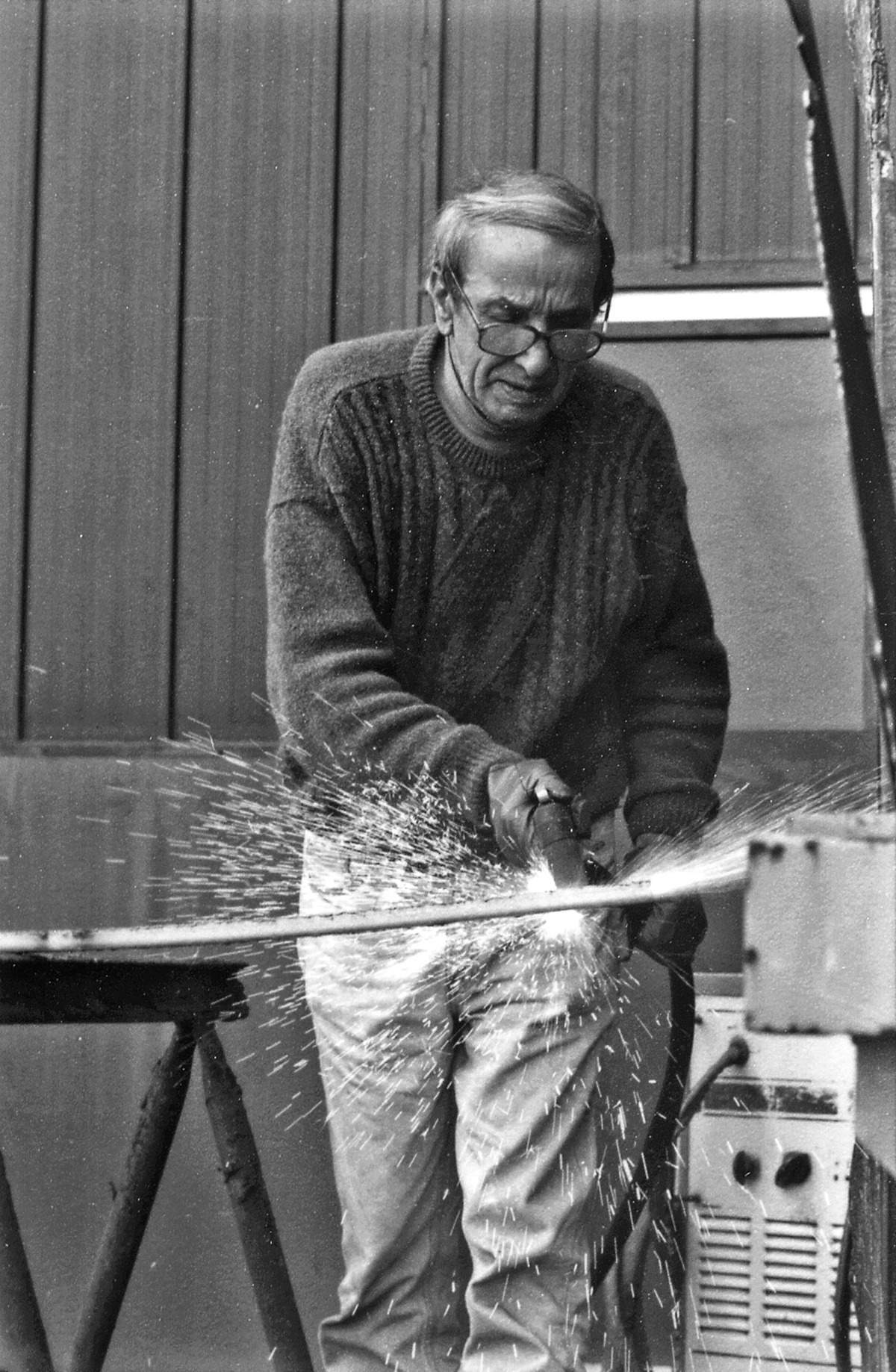
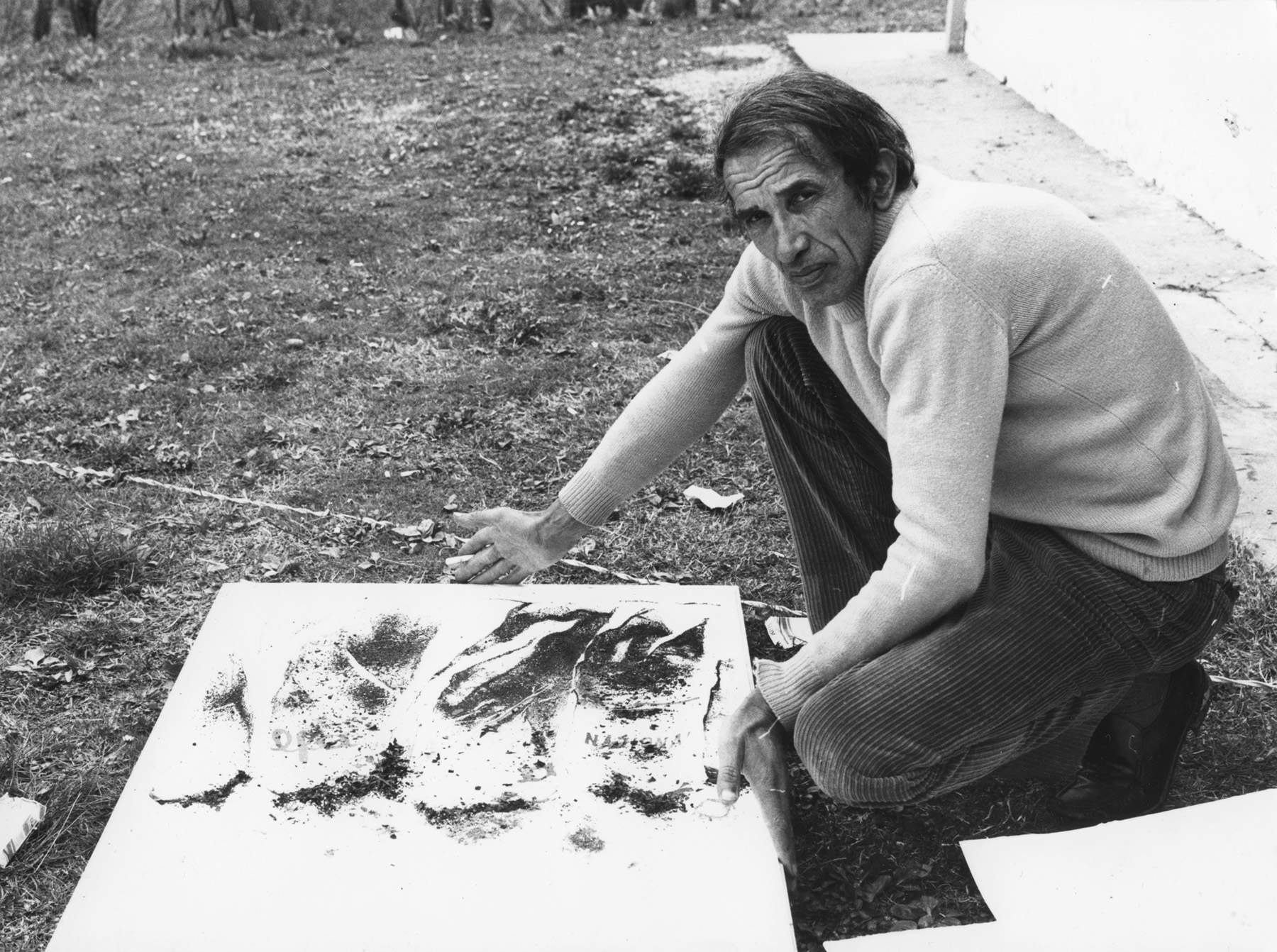
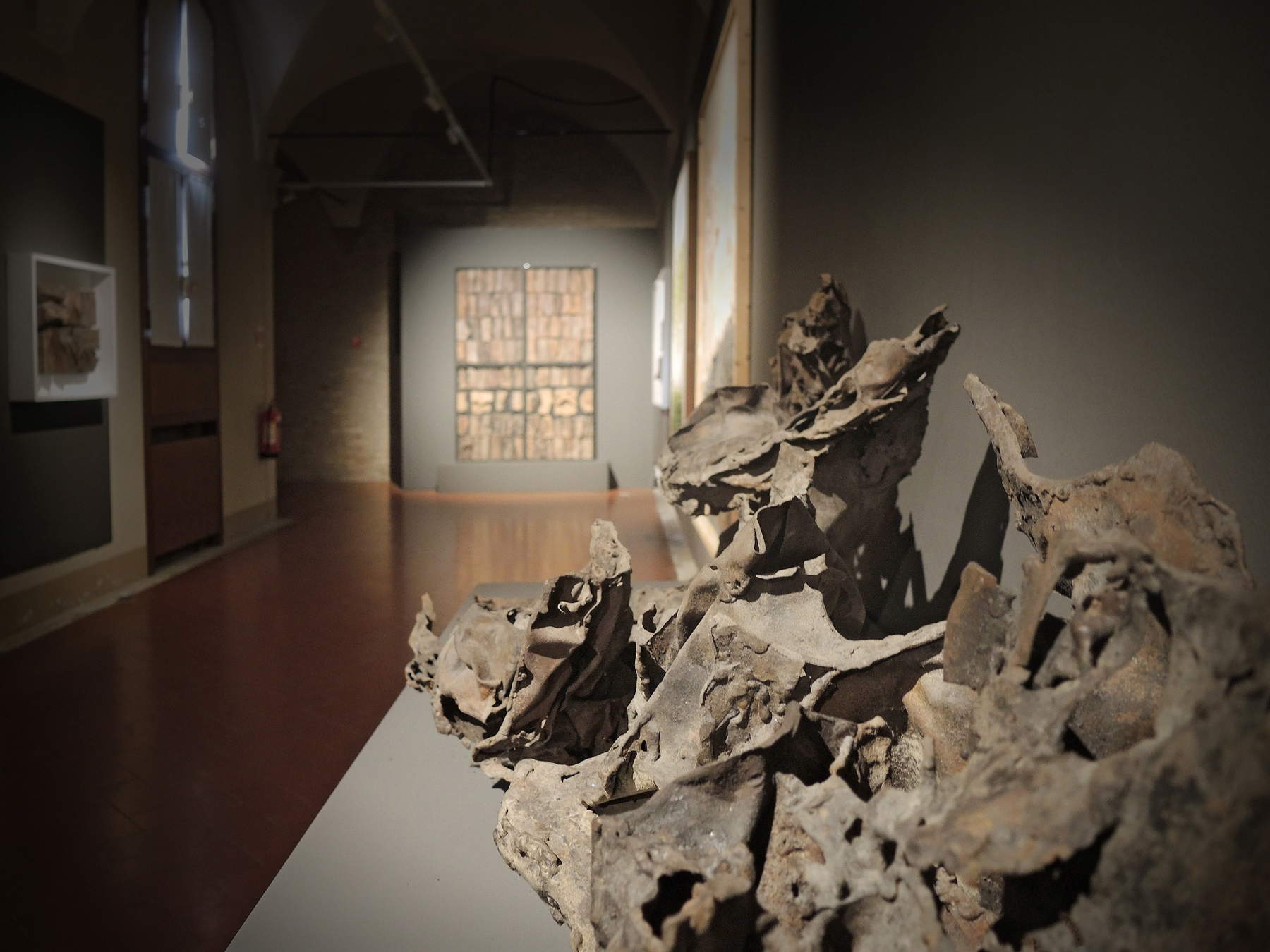
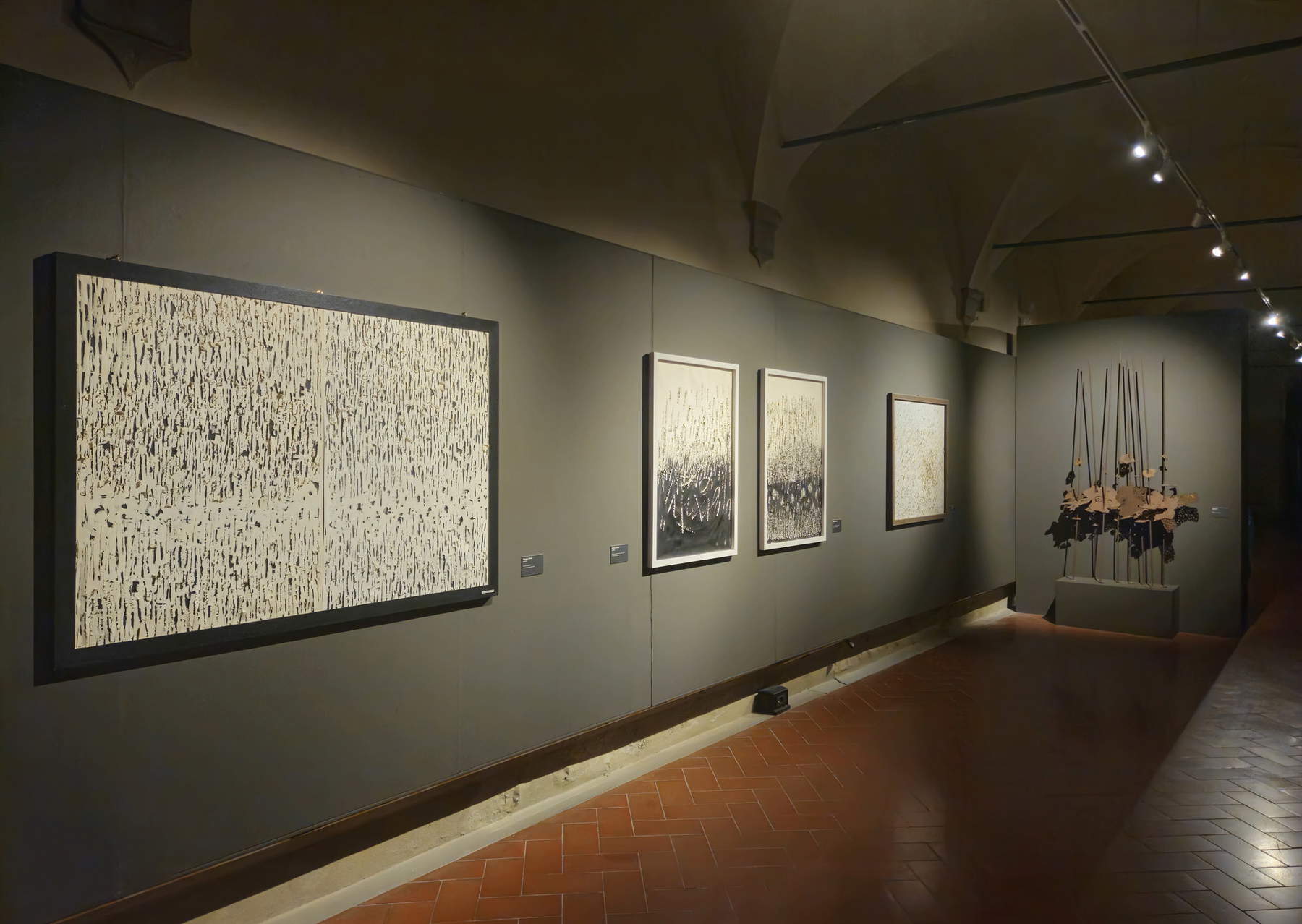
But why is this exhibition at the Imola Civic Museums “beautiful”? When can we say something so frontal, naive, immediate and powerful, as if we had suddenly all become children? We can say it when the artist not only makes works but shows us, with each work, a sensibility that each of us can train and find in our lives. A unique and special way of seeing the world, moving in the world and taking in other living beings; capable of traversing, overturning and revolutionizing our lives. Obviously for those who can see, for those who can fly: for the others only acorns remain, as Francesco Guccini would say.
The exhibition has an extraordinary rhythm because it never has a fall and redundancy, and demonstrates a unique vivacity that places Germano Sartelli among the great artists of the twentieth century. But not in Italy: in the world. The cobwebs, the works made with “butts,” straw, glass, wood, newspaper, dust, earth, iron that becomes as light as a breath. There are also incredible surprises in the exhibition that seem to anticipate by a thousand years that today’s reality is more like a digital hologram than a chair or a table full of objects.
In 2014 I last interviewed Germano Sartelli for Flash Art magazine, a few months before his passing. He welcomed me to his home among the badlands of the Santerno Valley, near Imola. A narrow street leads to the house-atelier, Casa Sartelli, which has recently been recognized as a cultural heritage of Emilia Romagna. The interview is titled “Making the World Again.” But visiting this exhibition means first of all seeing the world again for the first time.
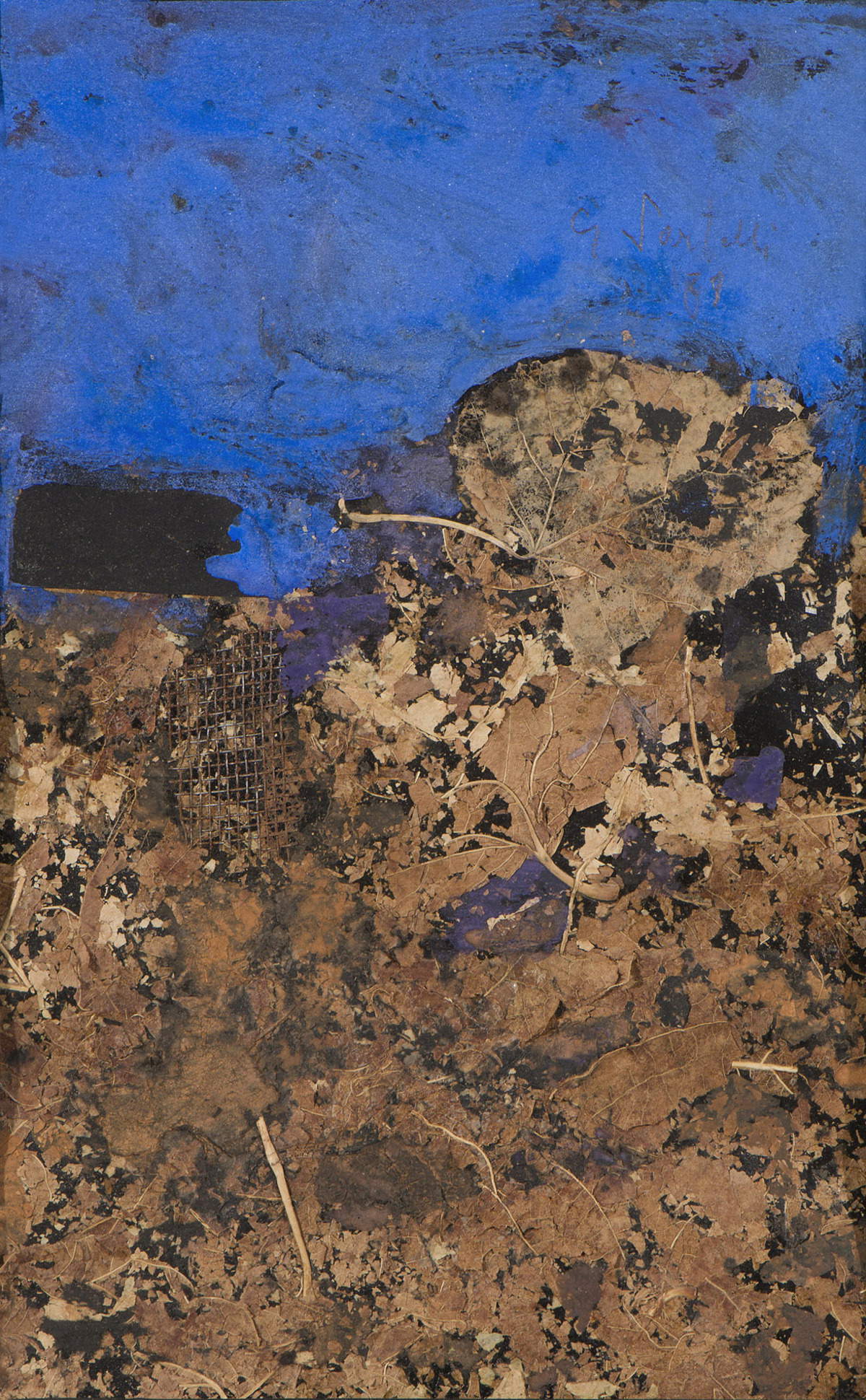
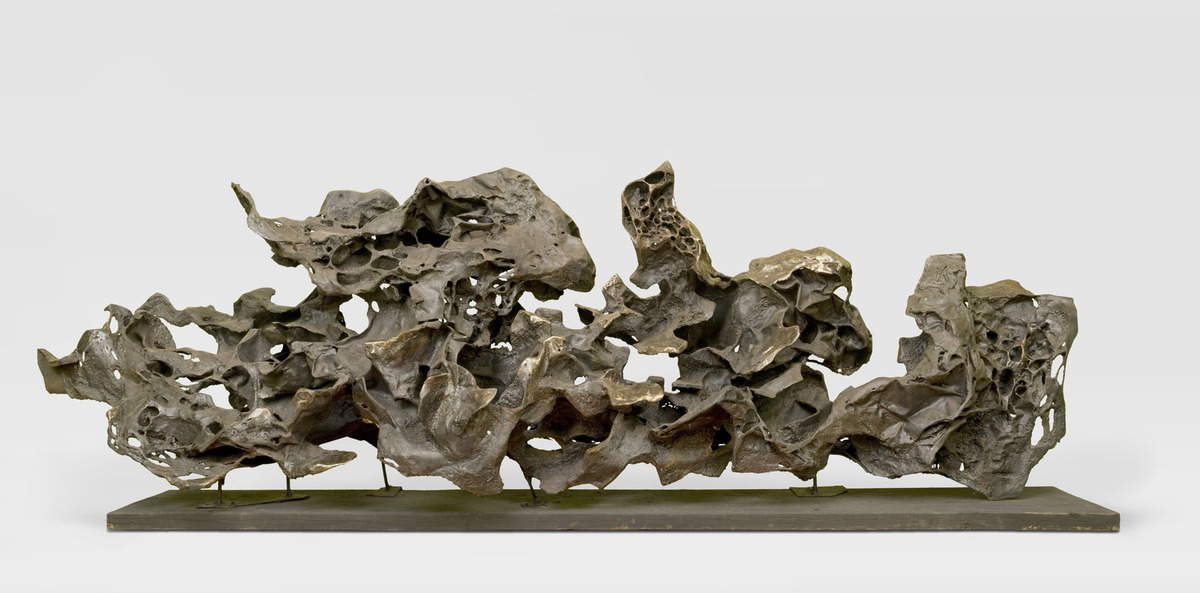
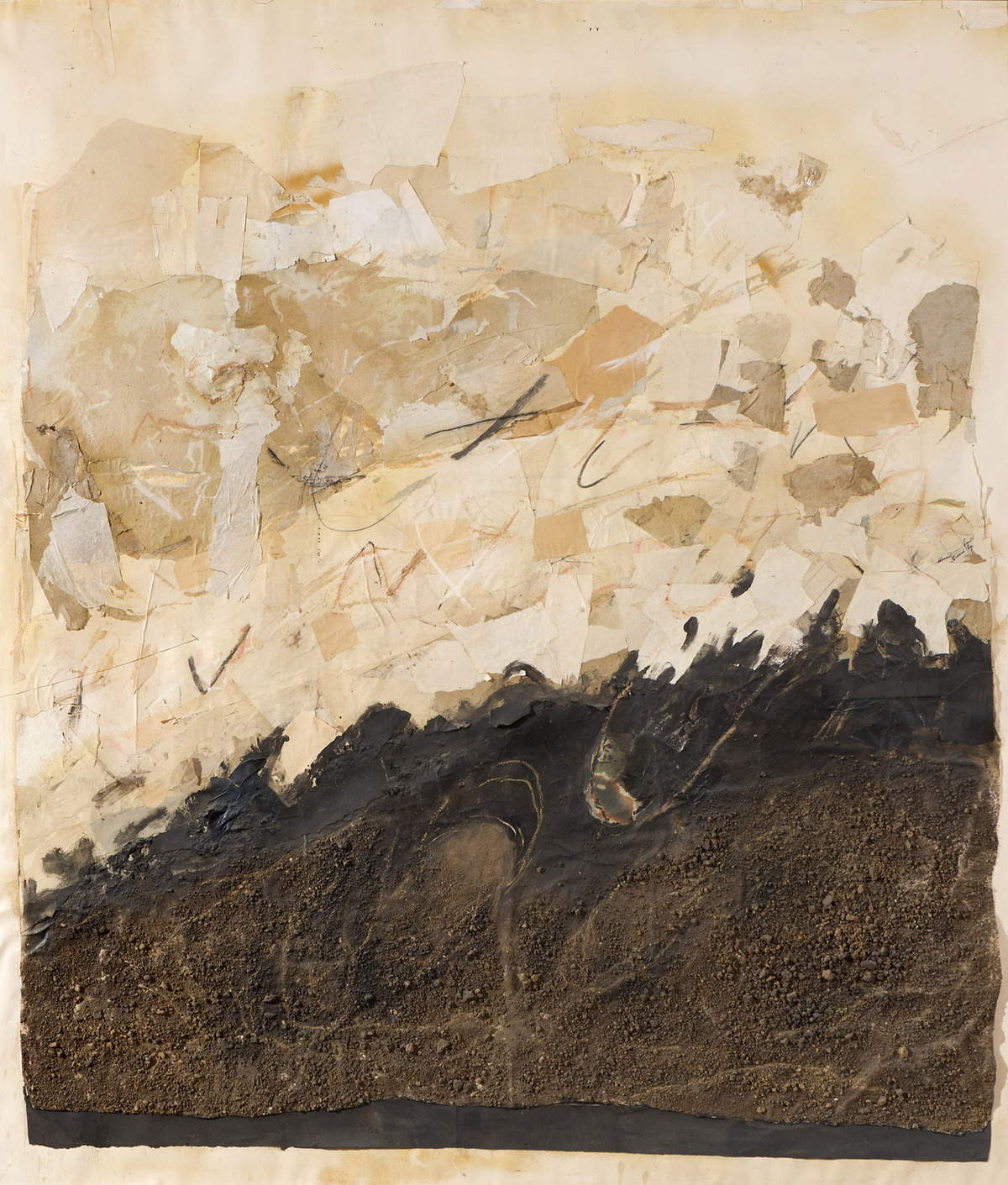
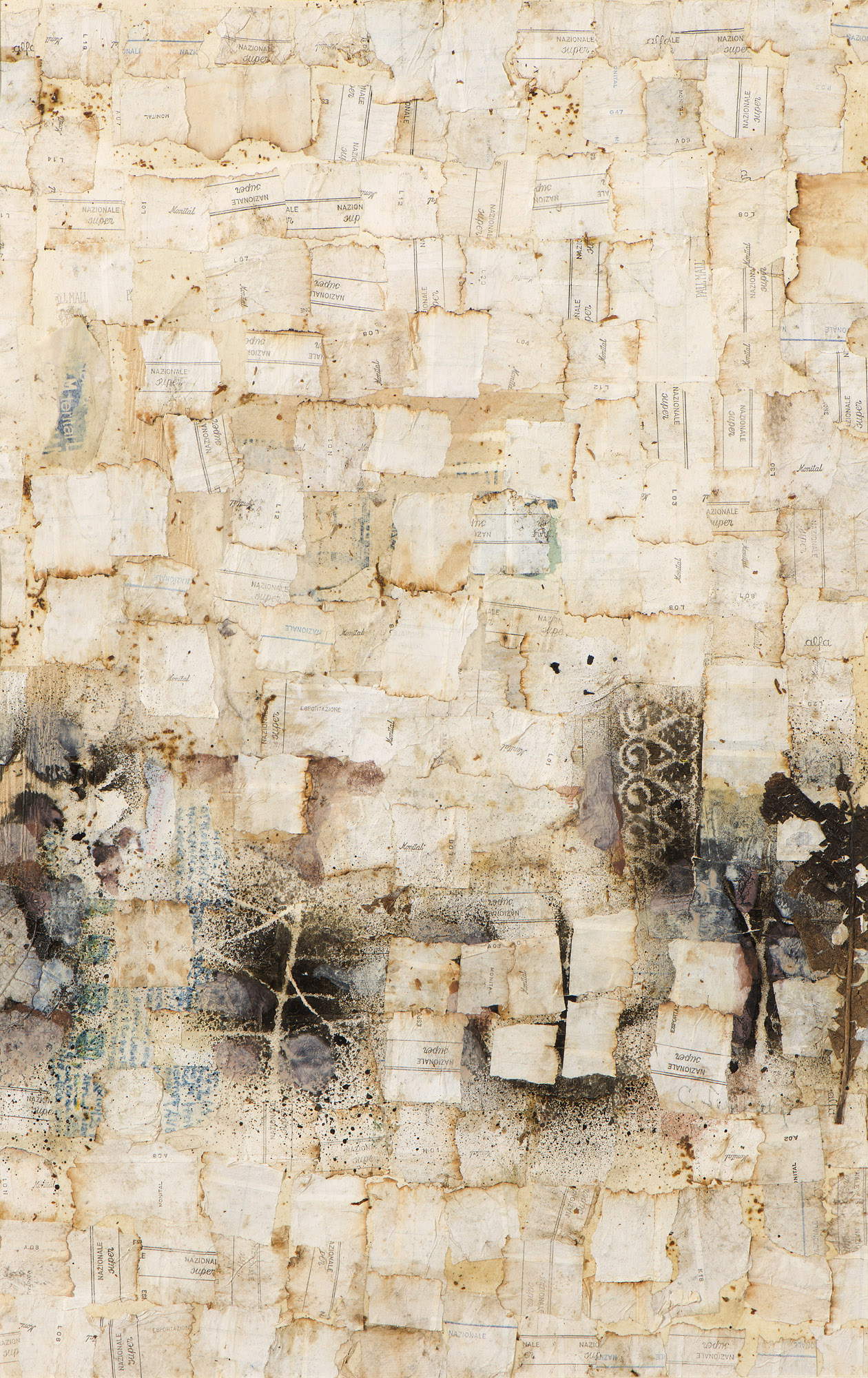
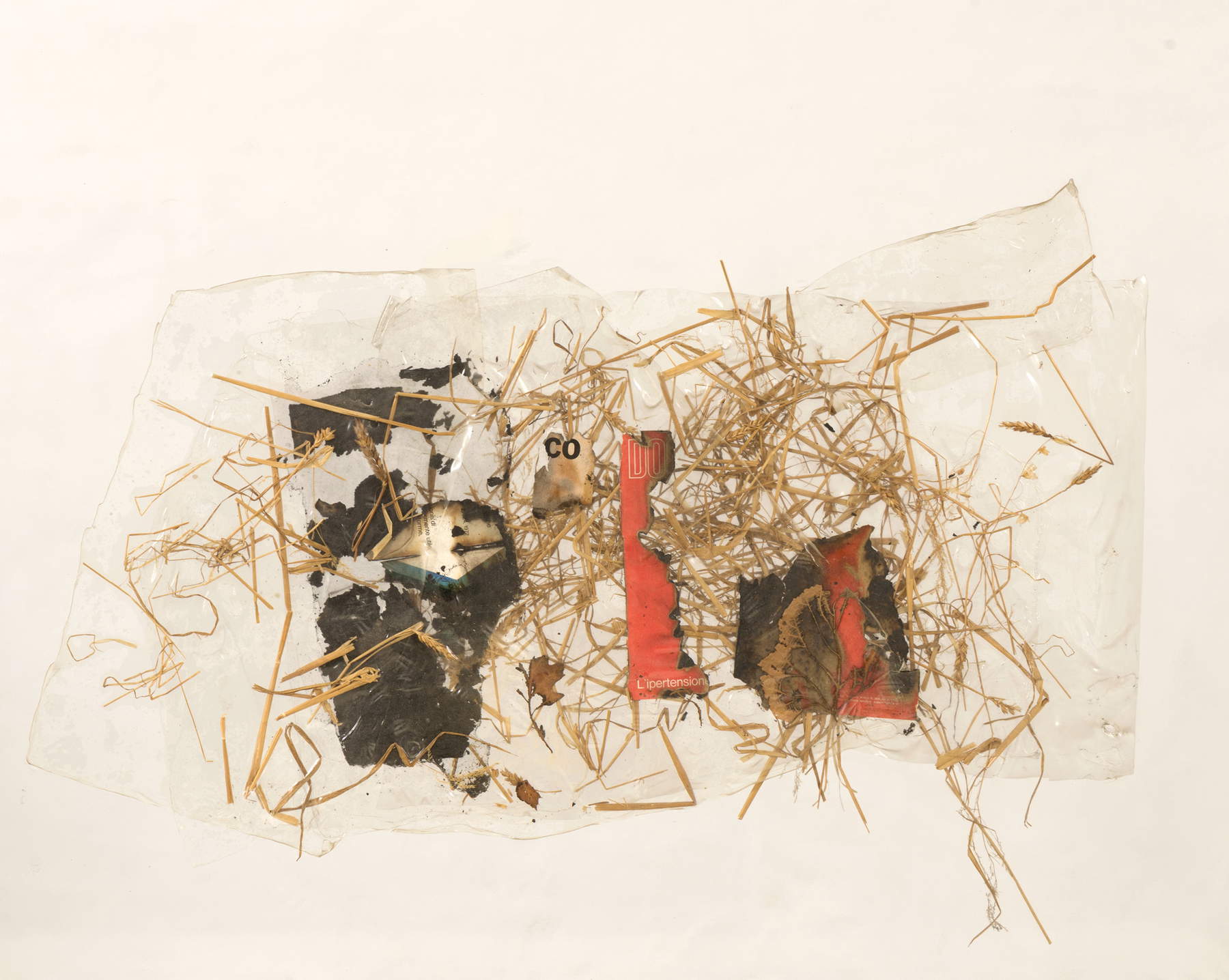
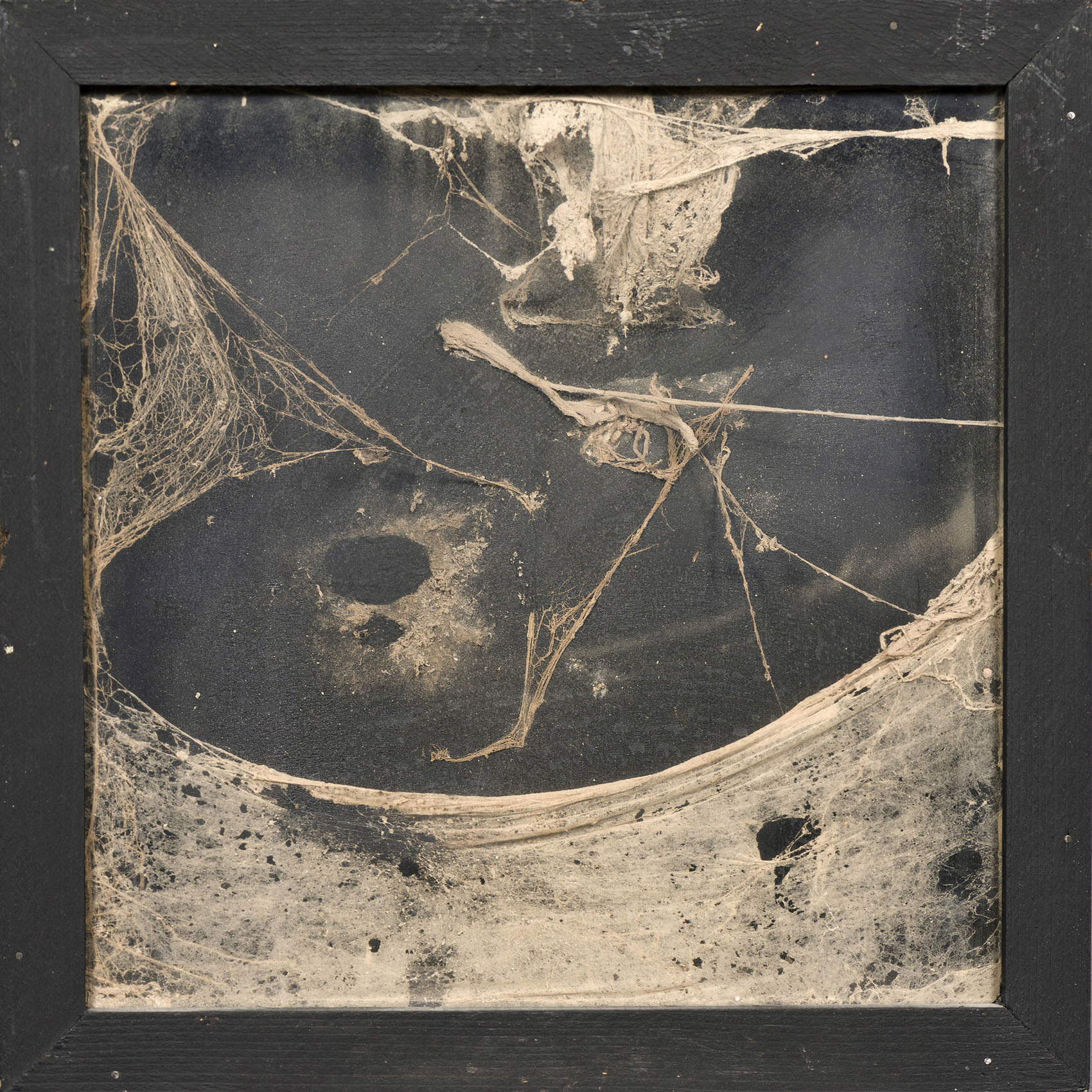
Warning: the translation into English of the original Italian article was created using automatic tools. We undertake to review all articles, but we do not guarantee the total absence of inaccuracies in the translation due to the program. You can find the original by clicking on the ITA button. If you find any mistake,please contact us.